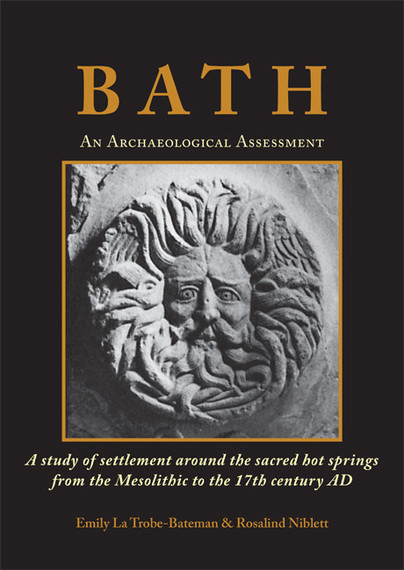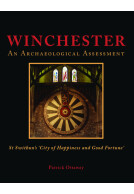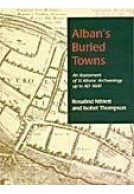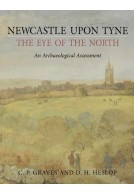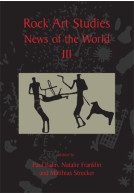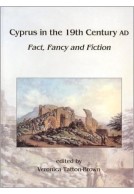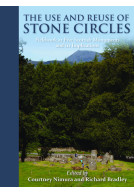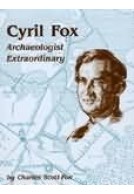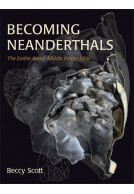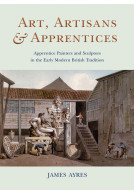Bath: An Archaeological Assessment (Hardback)
A study of settlement around the sacred hot springs from the Mesolithic to the 17th century AD
Imprint: Oxbow Books
Series: Urban Archaeological Assessment
Pages: 232
Illustrations: black/white illustrations
ISBN: 9781782979982
Published: 31st July 2015
Script Academic
Series: Urban Archaeological Assessment
Pages: 232
Illustrations: black/white illustrations
ISBN: 9781782979982
Published: 31st July 2015
Script Academic
You'll be £19.95 closer to your next £10.00 credit when you purchase Bath: An Archaeological Assessment. What's this?
+£4.99 UK Delivery or free UK delivery if order is over £40
(click here for international delivery rates)
Order within the next 18 minutes to get your order processed the next working day!
Need a currency converter? Check XE.com for live rates
(click here for international delivery rates)
Order within the next 18 minutes to get your order processed the next working day!
Need a currency converter? Check XE.com for live rates
For centuries, the remains of the great Roman-British bathing and temple complex in the centre of Bath have attracted the interest and imagination of countless visitors to the city. But there is more to the archaeology of Bath than its Roman monuments. Human settlement here has spanned ten millennia, dating back to the final retreat of the ice sheets from Britain at the close of the last Ice Age. Antiquarians, archaeologists and scholars have long been drawn not only to the Roman structures, but to the worked flint scattered on the hills and in the river silts around the town, the earthworks surviving on the surrounding uplands, and the great medieval Abbey that dominated the town from the 11th century. As a result, hundreds of recorded observations have been accumulated, stretching back to the 17th century, but augmented over the last century by increasing numbers of excavations, in many cases combined with meticulous research. This volume provides a collection and rigorous assessment of this accumulated information, much of which has to date been either unpublished or available only in obscure sources, and offers a synthesis of what this information tells us of Bath’s past.
Part 1 comprises an overview of the area’s natural topography, a summary of antiquarian and early archaeological investigation, and a survey of the archaeological evidence available to us today. Part 2 collates the detailed archaeological evidence, summarising earlier work, assessing the nature of the evidence, and setting out our informed understanding of Bath’s past. Lastly, Part 3 offers an overview of the current understanding of the archaeology of Bath, an assessment of the potential of the surviving deposits for providing new data, and suggestions for future research directions.
Other titles in the series...
Other titles in Oxbow Books...







